[ENG] Botanical Garden of the university city of Caracas [ESP] Jardín Botánico de la ciudad universitaria de Caracas
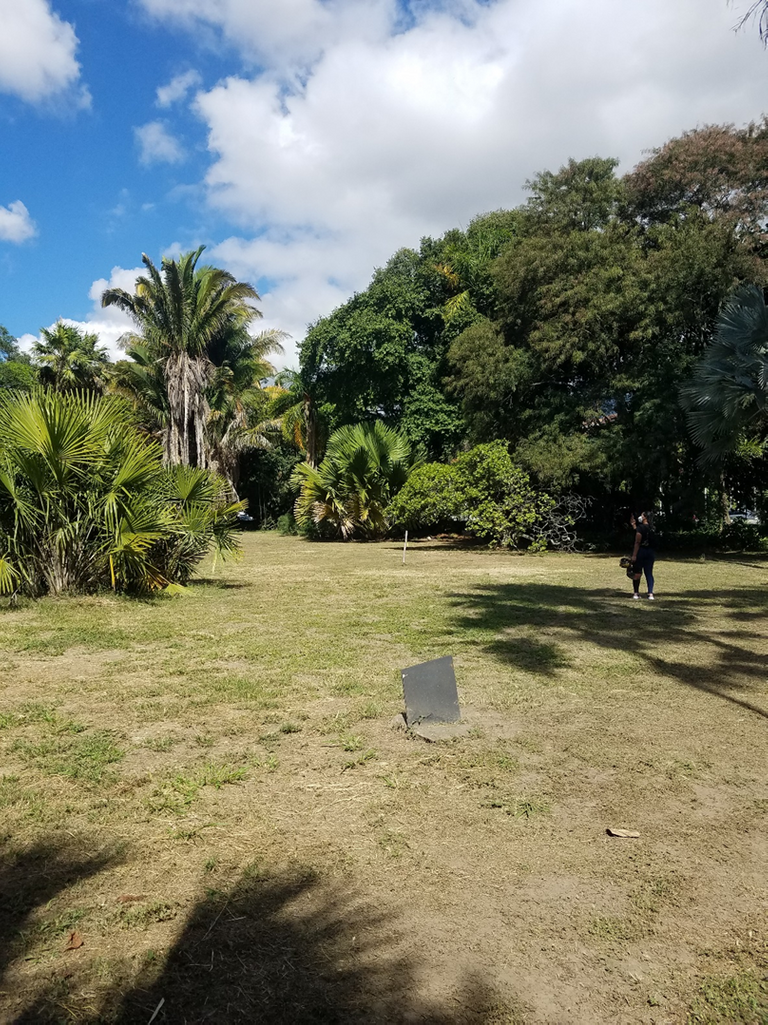
I will start this post pointing out, with pride, that the Botanical Garden of the University City of Caracas (Unesco 2000) is part of the exclusive tandem, together with the Royal Botanic Gardens, Kew in London (Unesco 2003), to be declared a World Heritage Site. Its international recognition code as a botanical institution, as well as the initials of its herbarium, is VEN. This garden is located a few meters before the entrance of the Central University of Venezuela, by Plaza Venezuela. It has a small parking lot, next to which is one of the three lagoons that adorn the garden. These lagoons contain aquatic ecosystems with diverse aquatic plants.
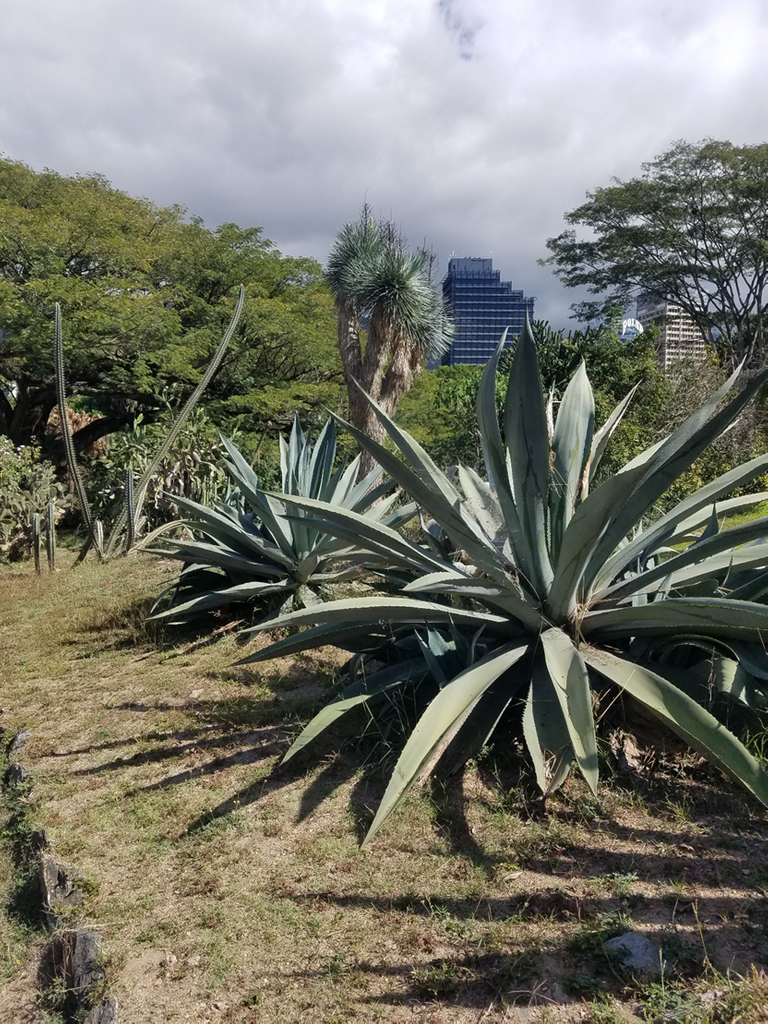
The garden has an extension of 70 hectares and three lagoons, one of which has the shape of the map of Venezuela, it also houses the National Herbarium, custodian of the collection of more than four hundred thousand botanical specimens, the Botanical Institute of Venezuela and an art collection, all are part of the Central University of Venezuela. Also, this green oasis forms part of the city's vegetable corridor, together with “Parque los Caobos” (22 hectares), which is separated only by the Francisco de Miranda highway and, of course, the magnificent “Parque el Ávila” with its 86,000 hectares.
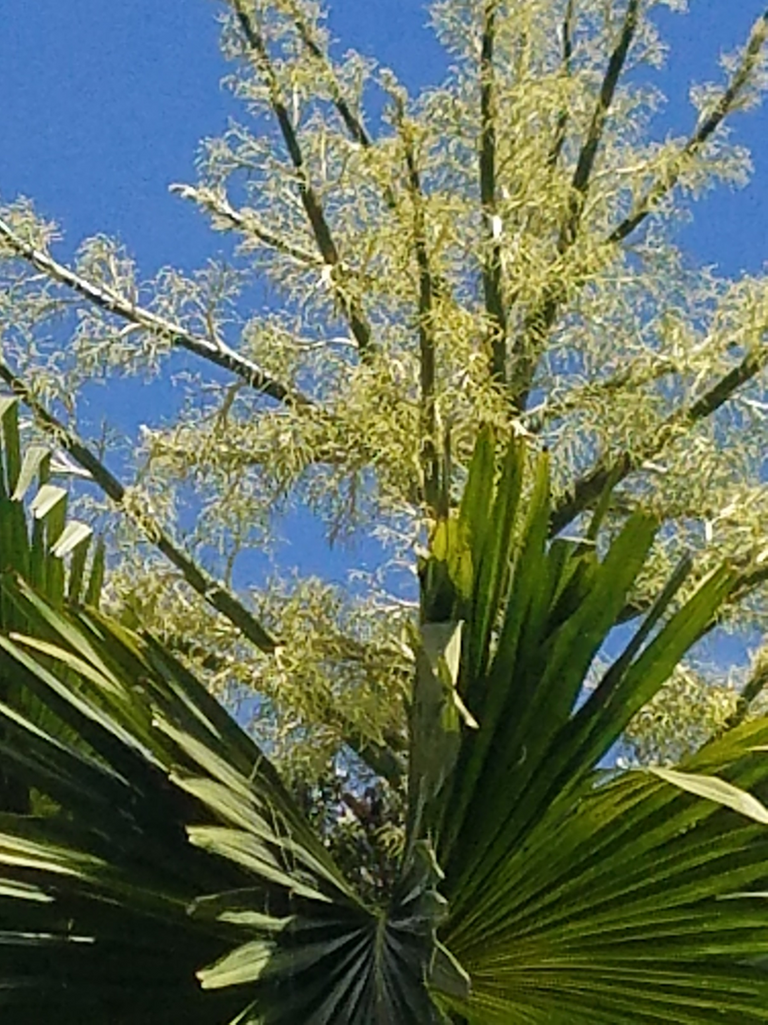
The botanical garden is part of the project designed by the Venezuelan architect Carlos Raúl Villanueva in the 40s of the last century and is part of the University City of Caracas. It has been open to the public since 1958, although its history dates back several years, to 1945, when reforestation and planting of exotic trees, both native and foreign, began on the land of the old Ibarra hacienda, under the direction of Dr. Tobías Lasser, who received the support of the Swiss horticulturist August Braun and the Venezuelan gardener Pedro Naspe, to form what is today the UCV Botanical Garden.
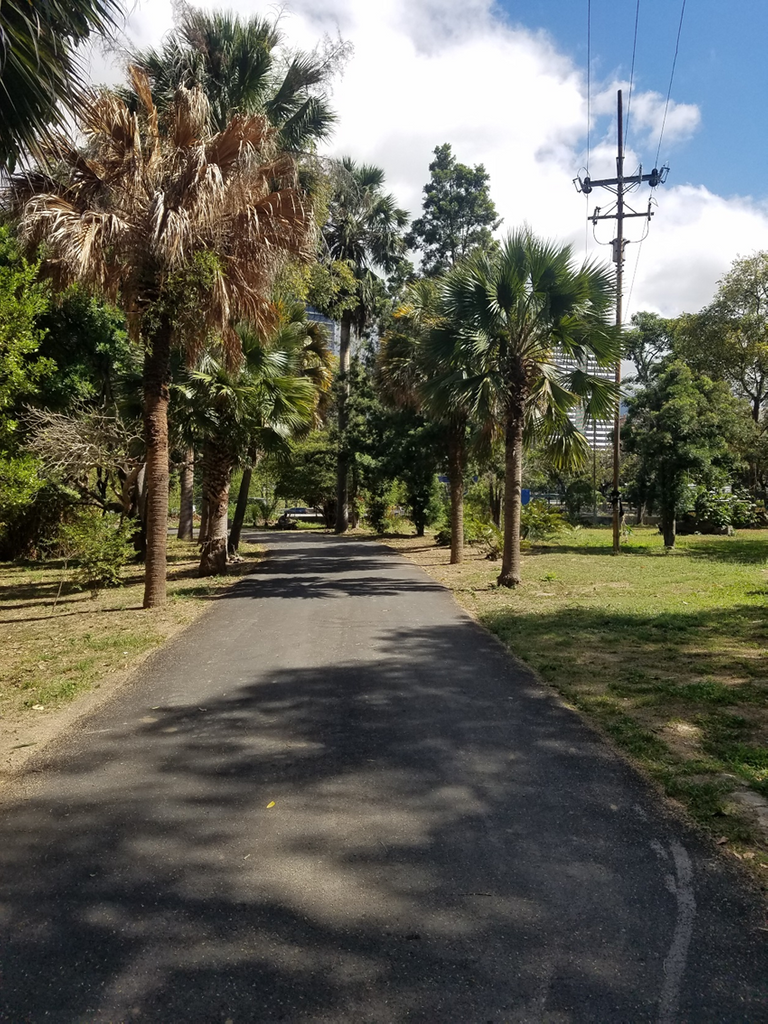
The entire garden is structured in a series of green areas that surround the headquarters building of the “Dr. Tobías Lasser Botanical Institute of Venezuela Foundation”, the building is made up of three parallelepipeds arranged perpendicularly, inside the building there is a trapezoidal Auditorium, work also designed by the architect Villanueva, with capacity for 300 people, which has excellent acoustics; there is also a herbarium next to a pergola patio, with a reflecting pool. Like the entire university city, conceived under the philosophy of the synthesis of the arts, in this building there are some works of art, such as the mural by the Cuban artist Wilfredo Lam, with motifs of aquatic plants, and another by the Venezuelan Francisco Narváez.

The garden is a kind of plant museum whose primary function is research and has more than two thousand species of plants, corresponding to some 200 botanical families, of which 50% are native, while the rest come from Central America, Africa, Asia and South America. More than two thousand birds and insects live in its trees and soils. The landscape architect Marcel Faraúdo, made the first topographical survey of the Botanical Garden, and its sectorization in the areas that we currently know, a flat area and another that was developed on the side of the mountain; In the first of them, beautiful thematic gardens stand out, such as the "arboretum", the "palmetum" (holder of one of the most important collections of Palms in Latin America, housing some 4,000 specimens of some 250 species), the xerophile garden, a space dedicated to bromeliads (bromeliarium) and an area of tropical forest, among others.
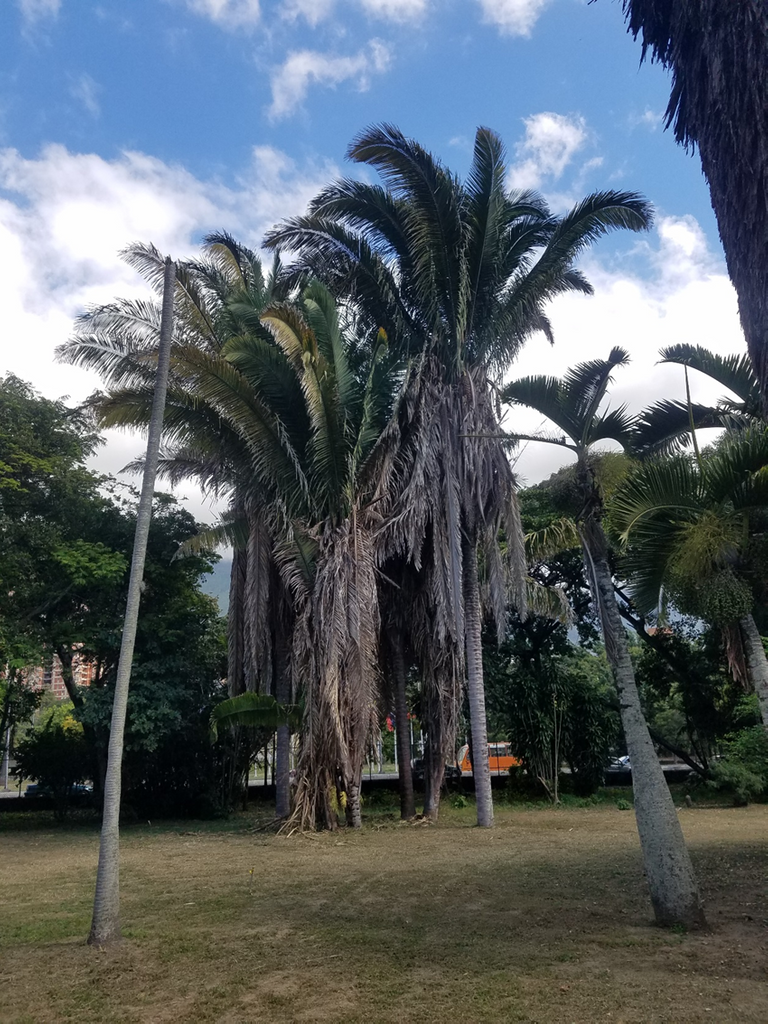
The hydrophytic gardens feature a beautiful display of aquatic plant species. In the Botanical Garden there is also the paleozoic garden, made up of a collection of plants that show the first plants on earth, during the paleozoic period, 570 million years ago; and the didactic-recreational garden, a pleasant area surrounded by native and exotic plants, with free spaces for recreation and other activities.
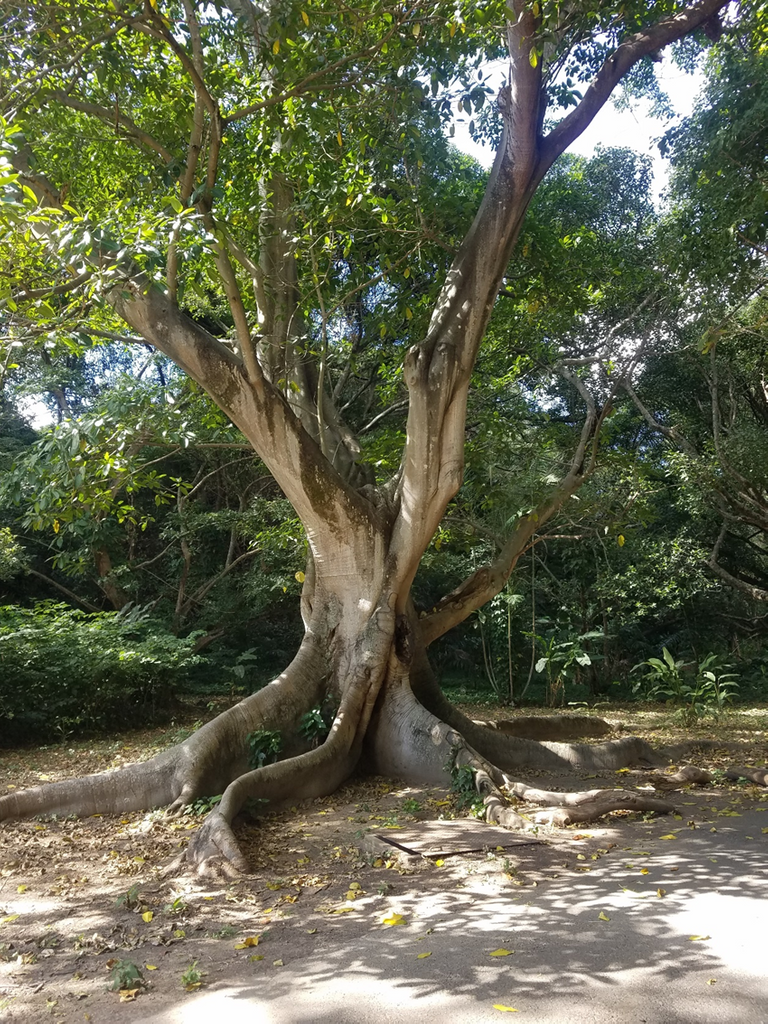
The Botanical Garden, in addition to its scientific nature, research and teaching, is a place where you can go to rest, read, jog, meditate or play sports. When I was a student at the UCV, I used to walk through the garden and enjoy its most attractive and pleasant places. Nowadays, after this tour that I made a few days ago, I have found a garden that is being recovered, after several years of lack of resources necessary for its conservation and for the development of research that, despite everything, has been carried out tirelessly for 80 years. For this reason, the deterioration of the palms is notorious, the vulnerable aquatic plants that could mean, if they are not attended to in a timely manner, the loss of many species, the history, education and scientific effort of so many years.
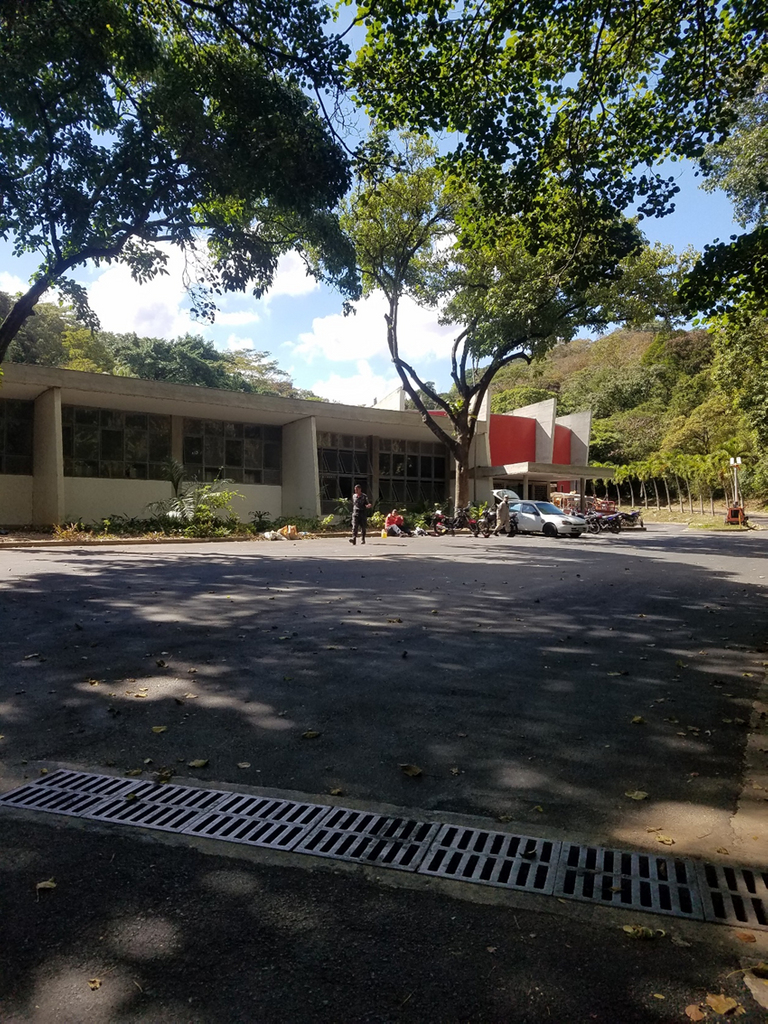
Jardín Botánico Tobías Laser” a lo lejos, ya que no me permitieron tomar fotos mas cercanas)
For those who can visit the garden these days, they will find a wonder of nature that can rarely be seen: it is the flowering of an exotic palm from Ceylon, planted 50 years ago, about 22 meters high, whose massive bloom, of more than three million flowers, can only be seen once in their life, since then they wither and die; this species is called monocarpic, which means that they flower and die.
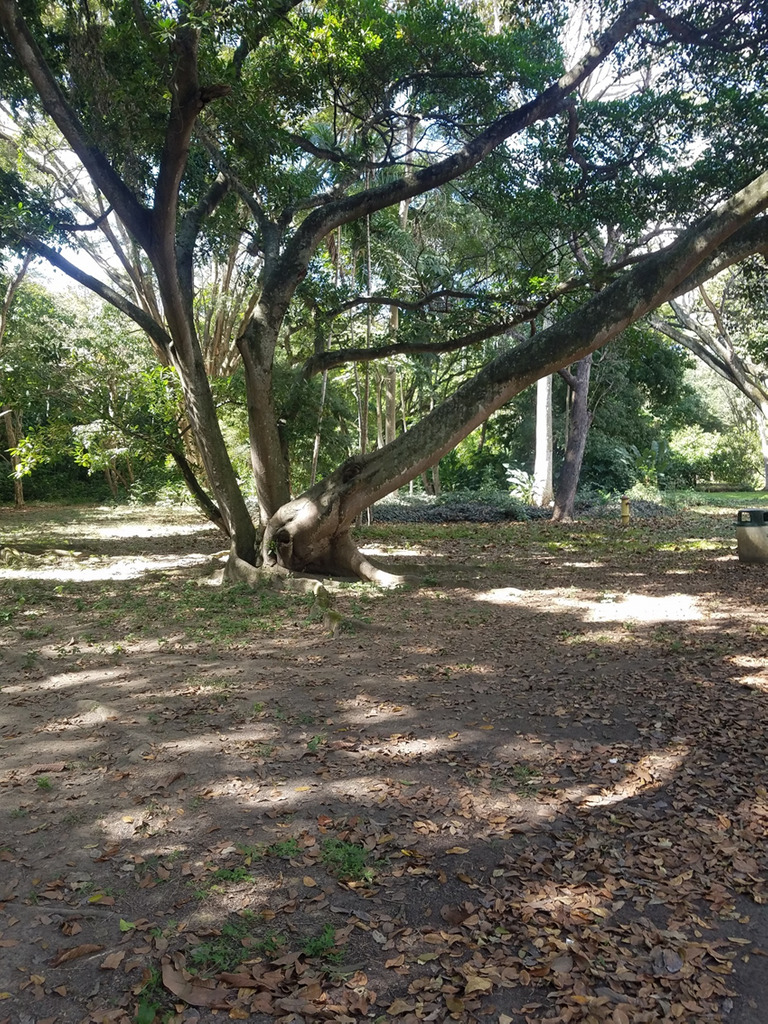
The photos that I make available to readers are entirely my own and can be used for educational purposes without any problem.
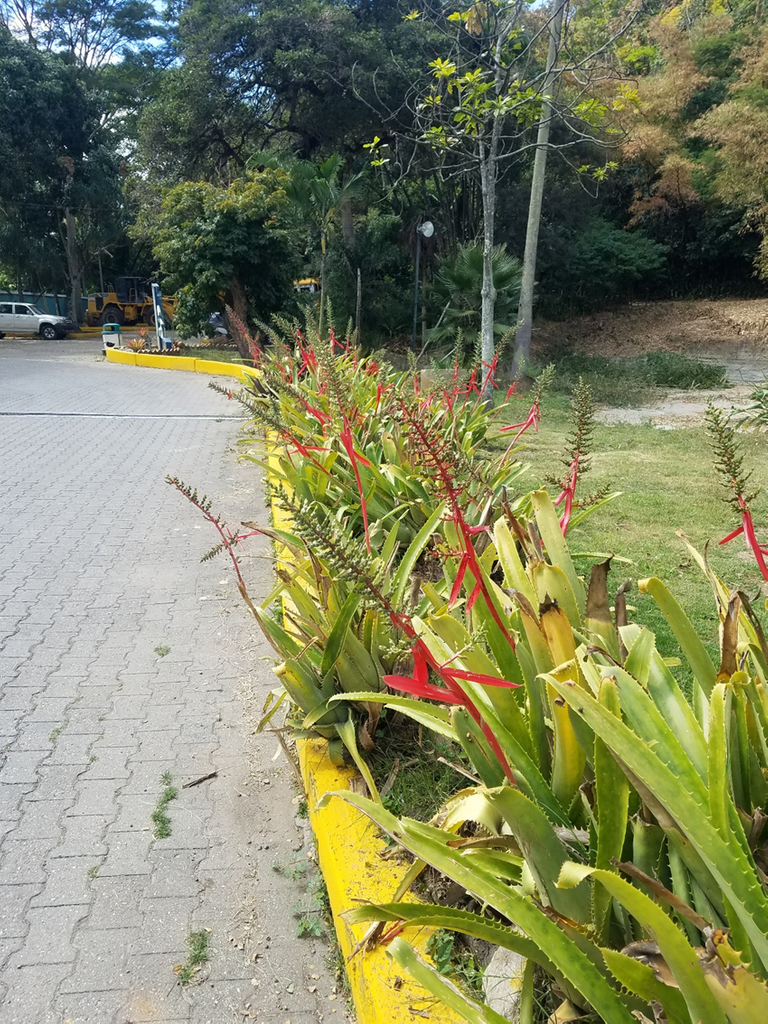
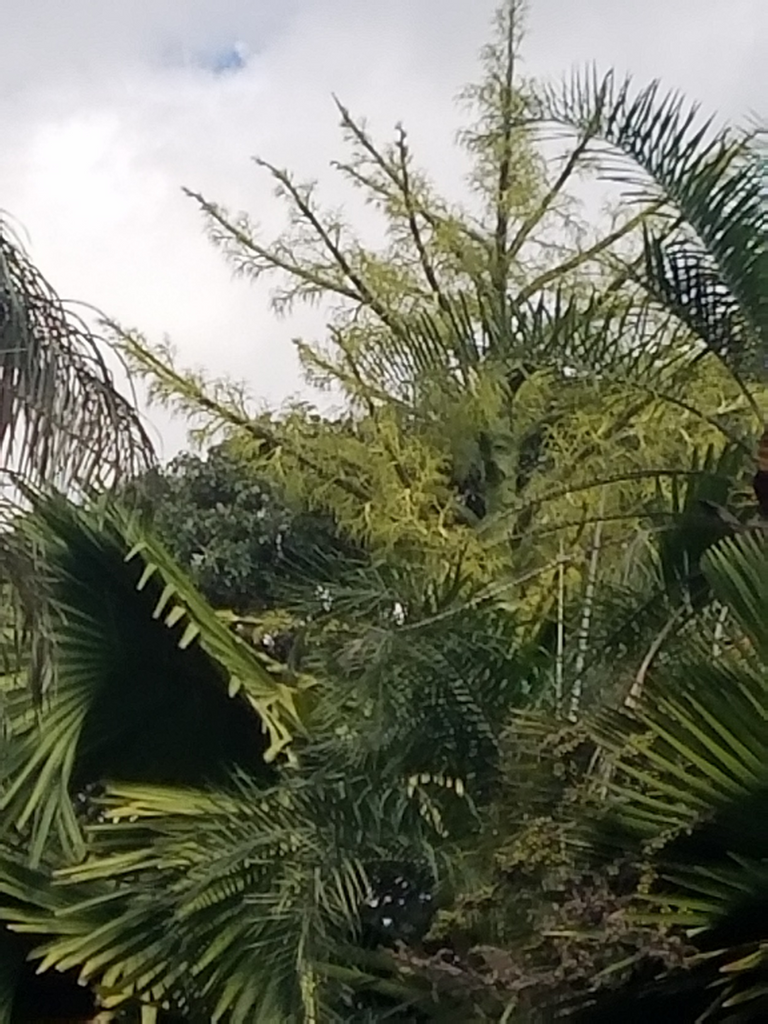
Comenzaré este post señalando, con orgullo, que el Jardín Botánico de la Ciudad Universitaria de Caracas (Unesco 2000) forma parte del exclusivo tándem, conjuntamente con el Royal Botanic Gardens, Kew en Londres (Unesco 2003), en ser declarados Patrimonio de la Humanidad. Su código de reconocimiento internacional como institución botánica, así como las siglas de su herbario, es VEN. Este jardín está ubicado pocos metros antes de la entrada de la Universidad Central de Venezuela, por la Plaza Venezuela. Tiene un pequeño estacionamiento, al lado del cual, se encuentra una de las tres lagunas que adornan el jardín. Estas lagunas contienen ecosistemas acuáticos con diversas plantas acuáticas.
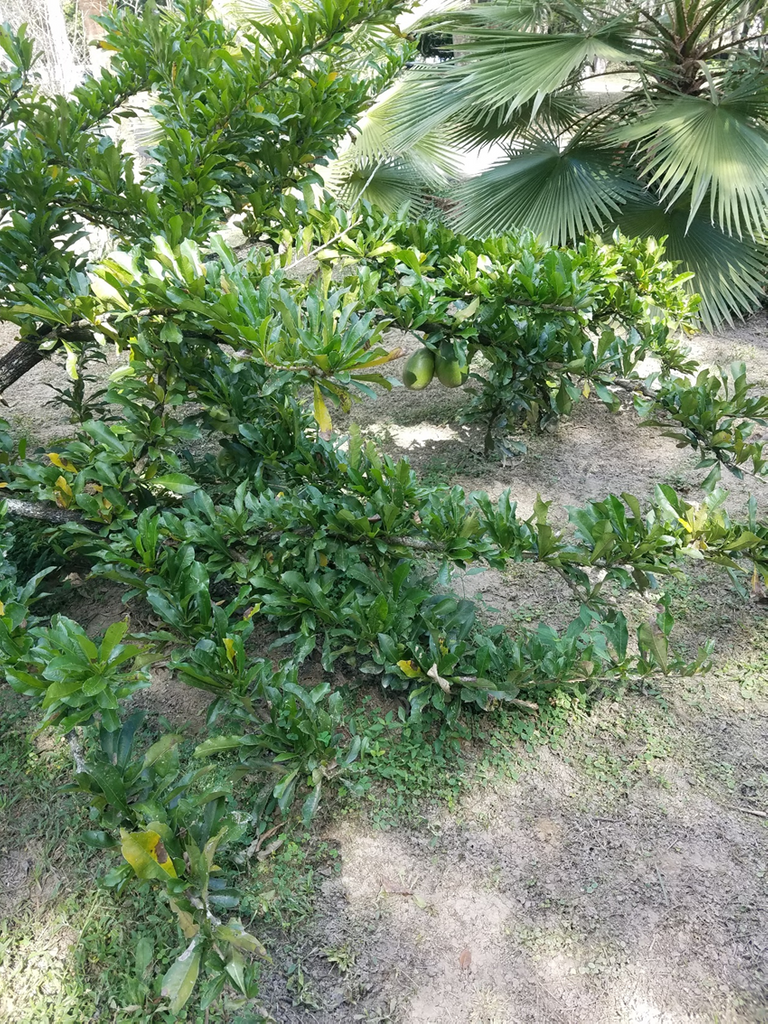
El jardín tiene una extensión de 70 hectáreas y tres lagunas, una de la cuales tiene la forma del mapa de Venezuela, alberga, además, al Herbario Nacional, custodio de la colección de más de cuatrocientos mil especímenes botánicos, el Instituto Botánico de Venezuela y una colección de arte, todos forman parte de la Universidad Central de Venezuela. También, este oasis verde conforma parte del corredor vegetal de la ciudad, conjuntamente con el Parque los Caobos, que se encuentra separado solo por la autopista Francisco de Miranda y, por supuesto, el magnífico Parque el Ávila, con sus 86 mil hectáreas.
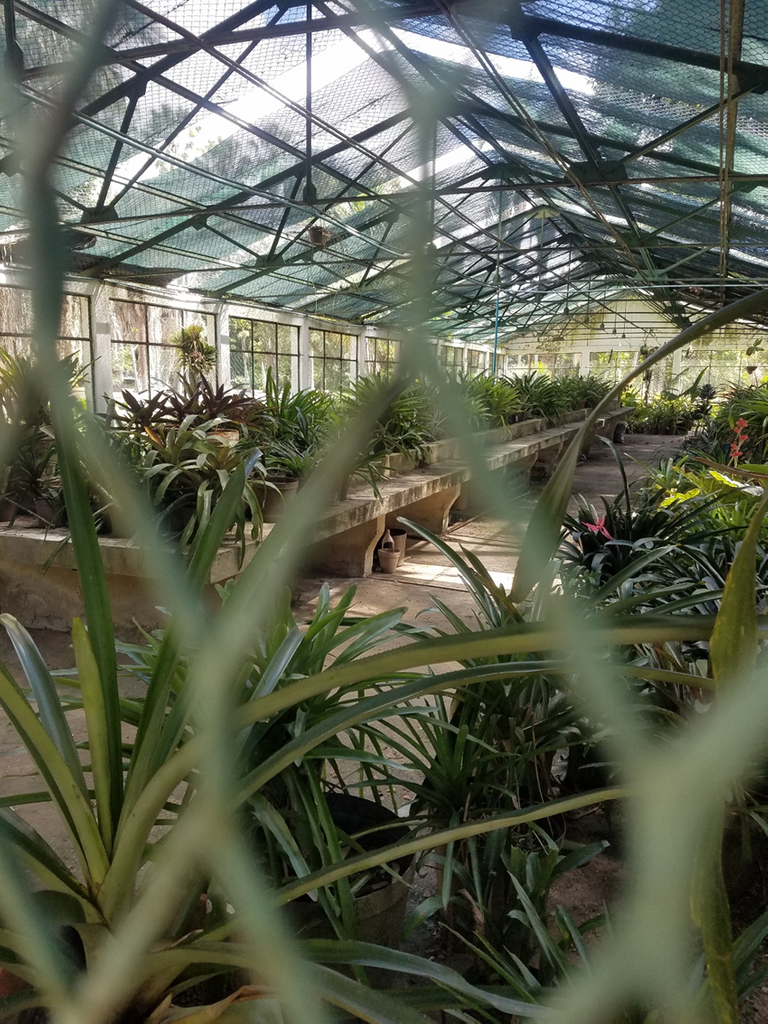
El jardín botánico forma parte del proyecto diseñado por el arquitecto venezolano Carlos Raúl Villanueva en los años 40 del siglo pasado y forma parte de la Ciudad Universitaria de Caracas. Está abierto al público desde 1958, aunque su historia se remonta varios años atrás, 1945, cuando se inició la reforestación y plantación de árboles exóticos, tanto autóctonos como extranjeros, en terrenos de la antigua hacienda Ibarra, bajo la dirección del Dr. Tobías Lasser, quien recibió el apoyo de horticultor suizo August Braun y del jardinero venezolano Pedro Naspe, para conformar lo que es hoy en día el Jardín Botánico de la UCV.
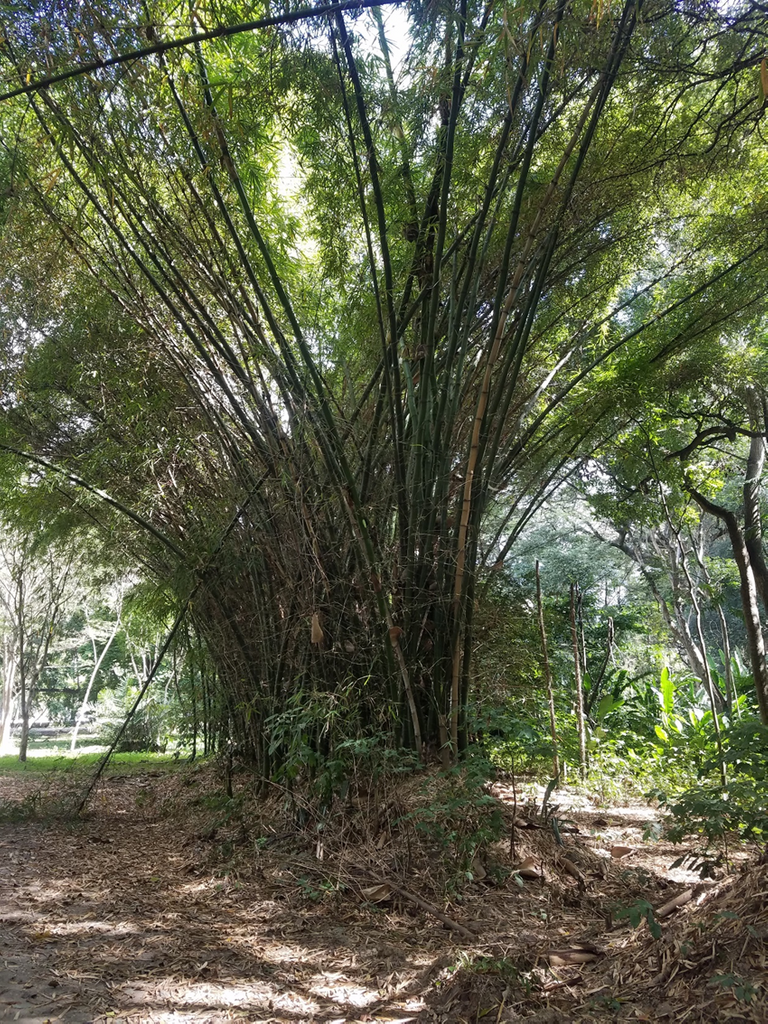
Todo el jardín está estructurado en una serie de áreas verdes que rodean al edificio sede de la Fundación Instituto Botánico de Venezuela Dr. Tobías Lasser, la edificación está compuesta por tres paralelepípedos dispuestos perpendicularmente, dentro del edificio se encuentra un Auditórium de forma trapezoidal, obra también diseñada por el arquitecto Villanueva, con capacidad para 300 personas, que cuenta con una excelente acústica; también allí se aloja un herbario al lado de un patio apergolado, con un espejo de agua. Como toda la ciudad universitaria, concebida bajo la filosofía de la síntesis de las artes, en este edificio se encuentran algunas obras de arte, como el mural del artista cubano Wilfredo Lam, con motivos de plantas acuáticas, y otro del venezolano Francisco Narváez.
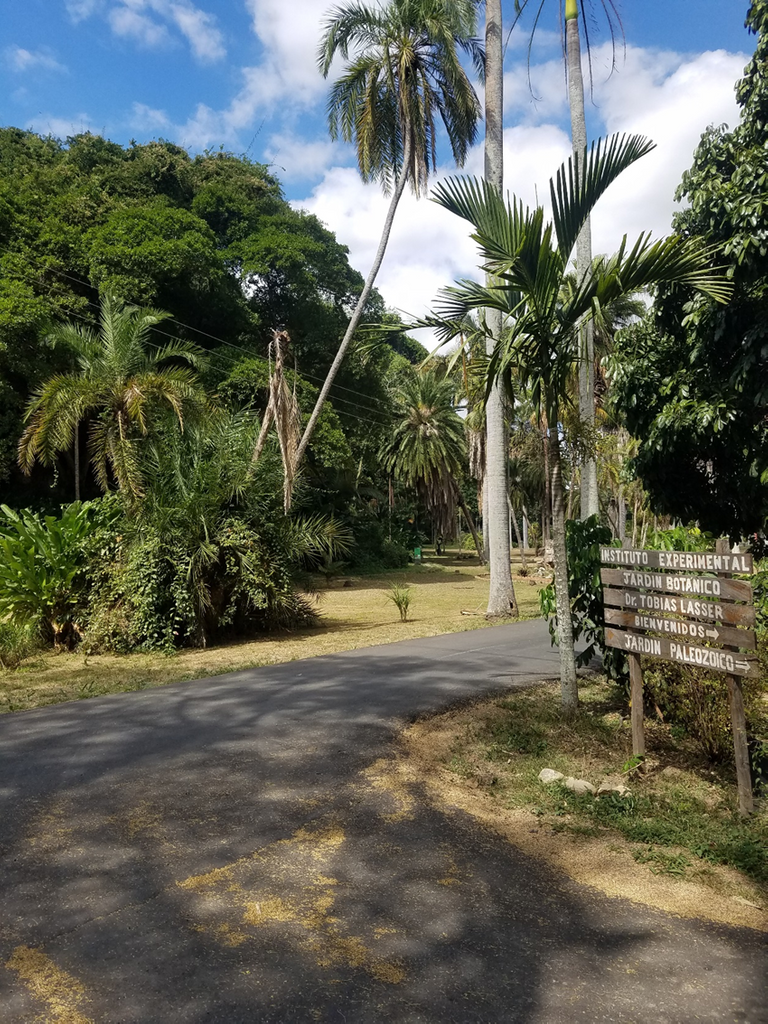
El jardín es una especie de museo vegetal cuya función primordial es la investigación y cuenta con más de dos mil especies de plantas, que corresponden a unas 200 familias botánicas, de las cuales el 50% son autóctonas, mientras el resto proviene de Centroamérica, África, Asia y Sudamérica. En sus árboles y suelos habitan más de dos mil aves e insectos. El arquitecto paisajista Marcel Faraúdo, hizo el primer levantamiento topográfico del Jardín Botánico, y su sectorización en las áreas que actualmente conocemos, un área llana y otra que se desarrolló en la ladera de la montaña; en la primera de ellas se destacan hermosos jardines temáticos como el “arboretum”, el “palmetum” (poseedor de una de las colecciones de Palmas más importantes de Latinoamérica, albergando unos 4.000 ejemplares de unas 250 especies), el jardín xerófilo, un espacio dedicado a las bromelias (bromeliarium) y un área de bosque tropical, entre otros.

Los jardínes hidrofíticos cuentan con una hermosa muestra de especies de plantas acuáticas. En el Jardín Botánico existen también el jardín paleozoico, constituido por una colección de plantas que muestran las primeras plantas sobre la tierra, durante el período paleozoico, 570 millones de años atrás; y el jardín didáctico-recreacional, agradable área rodeada de originarias y exóticas plantas, con espacios libres para la recreación y otras actividades.
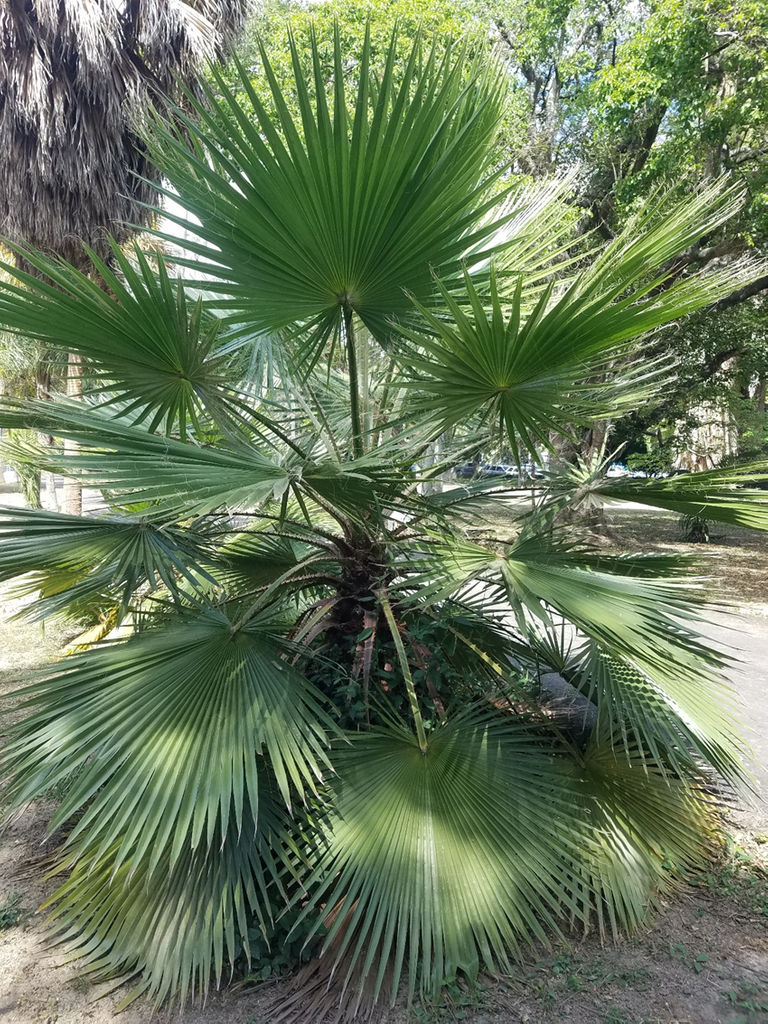
El Jardín Botánico, además de su carácter científico, de investigación y docencia, es un lugar en donde se puede ir a descansar, leer, trotar, meditar o practicar deportes. Cuando era estudiante de la UCV, solía caminar por el jardín y disfrutar de sus lugares más llamativos y agradables, hoy en día, luego de este recorrido que realicé hace pocos días, me he encontrado con un jardín que está siendo recuperado, luego de varios años de falta de recursos necesarios para su conservación y para el desarrollo de la investigación que, a pesar de todo, se viene haciendo sin descanso desde hace 80 años. Por ello, es notorio el deterioro de las palmas, las vulnerables plantas acuáticas que podrían significar, de no atenderlas oportunamente, la pérdida de muchas especies, la historia, educación y esfuerzo científico de tantos años.
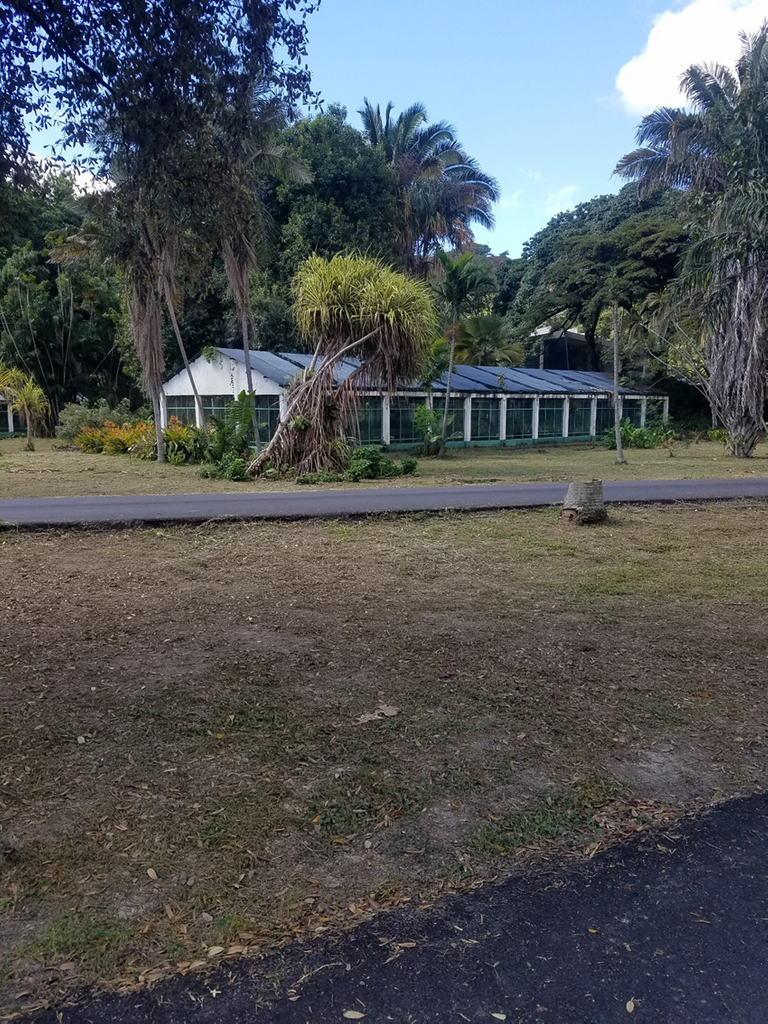
del Jardín para la investigación)
Para los que puedan visitar el jardín en estos días, se encontrarán con una maravilla de la naturaleza que pocas veces puede ser vista: se trata del florecimiento de una palma exótica de Ceilán, sembrada hace 50 años, de unos 22 metros de altura, cuya floración masiva de más de tres millones de flores, solo pueden verse una sola vez en su vida, ya que luego se marchita y muere; a esta especie se les llama monocárpicas, que significa que florece y da frutos una sola vez y fallece.

Las fotos que pongo a disposición de los lectores son de mi total autoría y pueden ser utilizados para fines educativos, sin problema alguno.
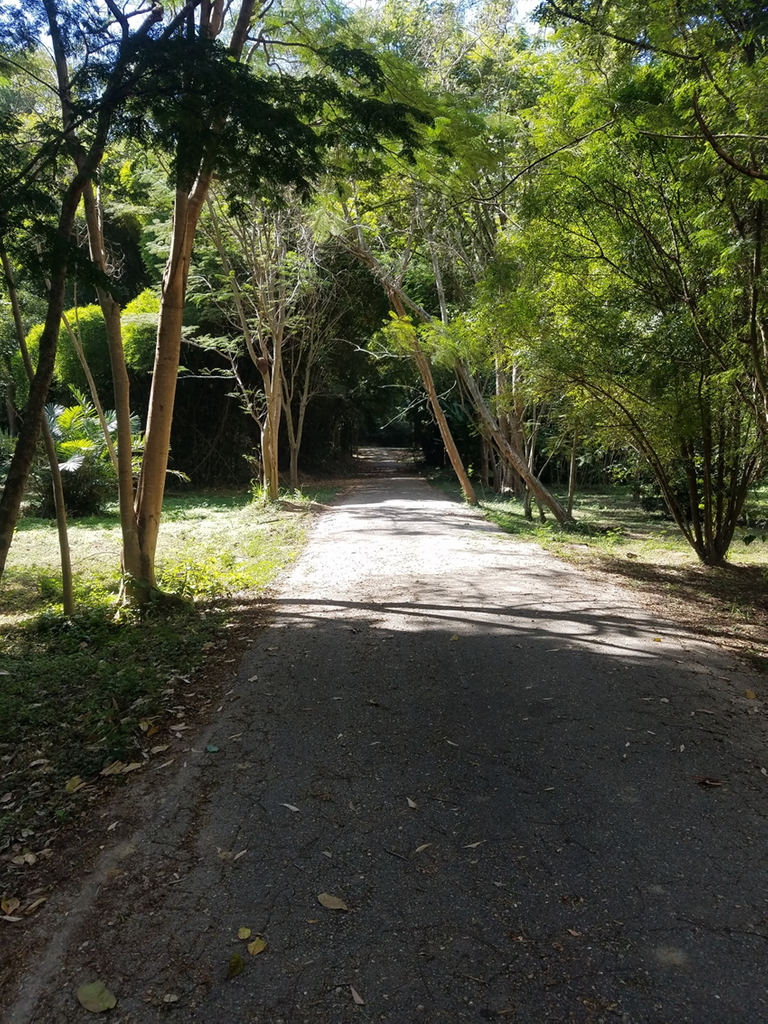

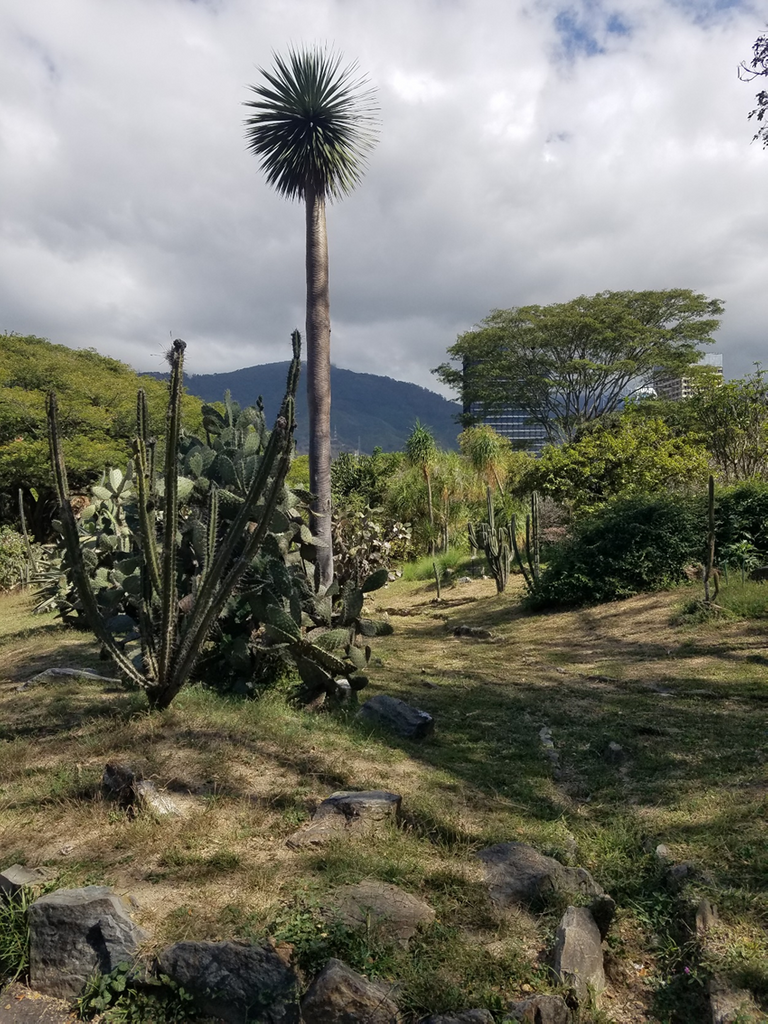
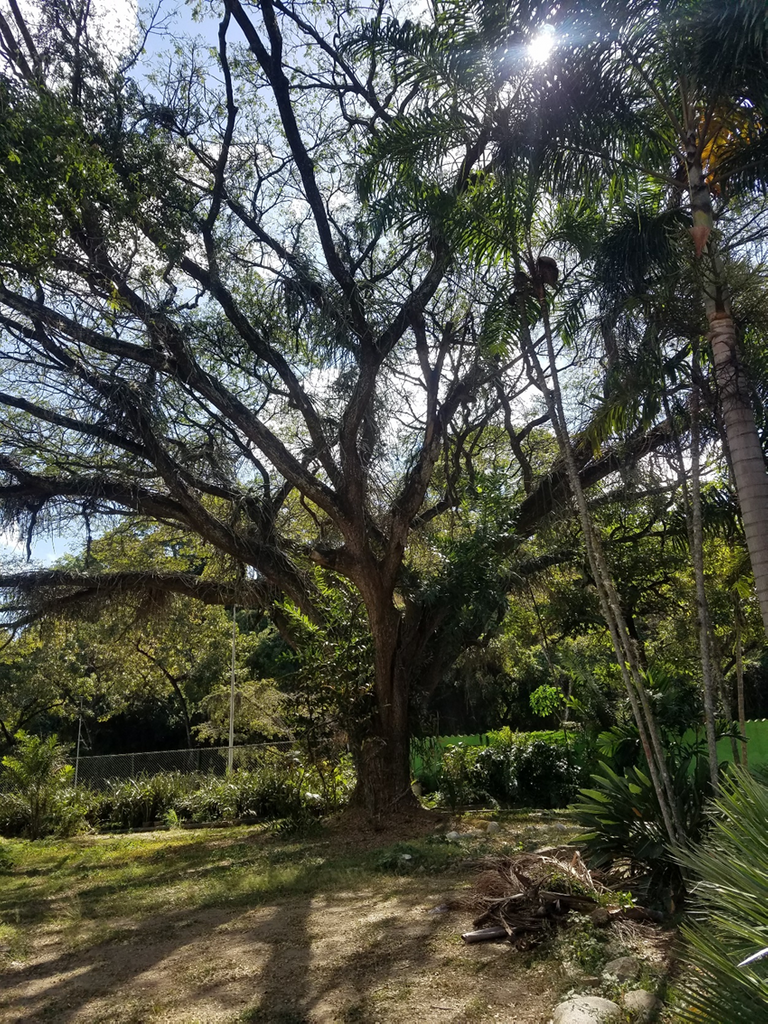
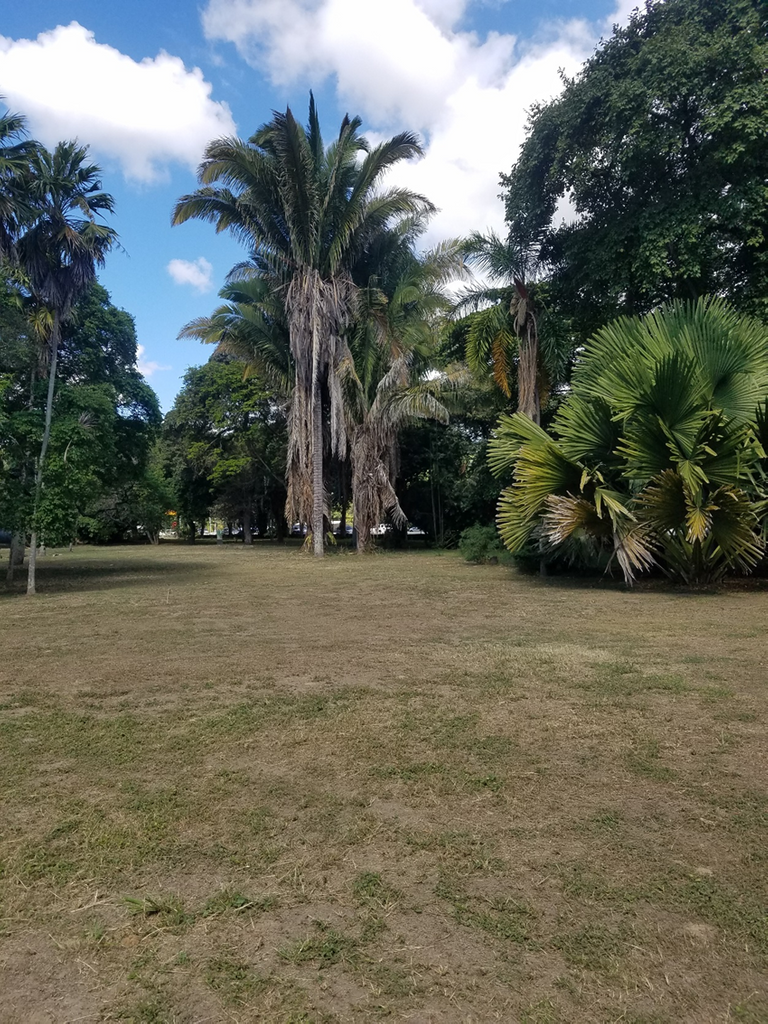
Congratulations, your post has been added to Pinmapple! 🎉🥳🍍
Did you know you have your own profile map?
And every post has their own map too!
Want to have your post on the map too?
Hello people from Pinmapple. Thanks a lot for your support.
Hi besamu,
Join the Curie Discord community to learn more.
Hello friends of curie, thank you very much for having upvoted my post. I wish you the best today and always
Hiya, @LivingUKTaiwan here, just swinging by to let you know that this post made it into our Honorable Mentions in Daily Travel Digest #1464.
Your post has been manually curated by the @pinmapple team. If you like what we're doing, please drop by to check out all the rest of today's great posts and consider supporting other authors like yourself and us so we can keep the project going!
Become part of our travel community:
Hi Hiya, thanks to the Pinmapple team for curating my post, as well as placing my post on the list of Honorable Mentions in Daily Travel Digestt #1464. Happy weekend